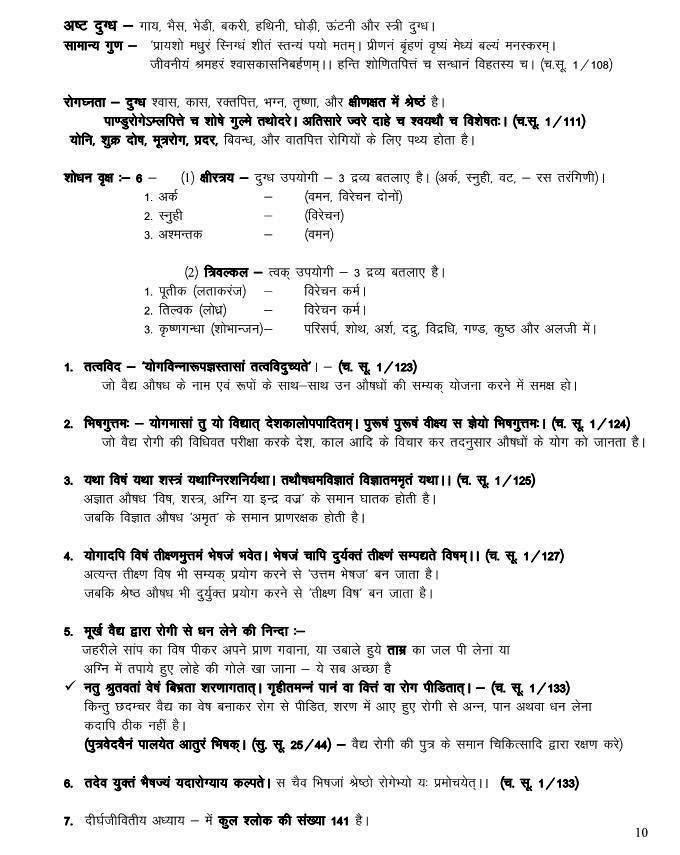


Although the senses, which are recognised by means of inference, are in general aggregates of all the five proto-elements, yet light in the eye, ether in the ear, earth in the smell, water in the taste, and air in the touch are found to predominate.ġ4-(1). The Designation of the Senses by their Predominant Compositionġ4. Action which is also called Therapeusis, depends on the substance. This aggregate is the source of good or bad activity or inactivity. The mind, the mind-objects, the understanding and the spirit constitute the aggregate of spiritual elements and qualities. These perceptions are the results of the coordination of the senses, sense-objects ( Indriyartha- indriyārtha), mind and soul they are fleeting and are of the nature of decisions. The five perceptions are the visual perception etc. The five sense-objects are sound, touch, shape, taste and smell. The five sense-organs are the eyes, the cars, the nose, the tongue and the skin. The five sense-materials are ether, air, light, water and earth. Sight, hearing, smell, taste and touch are the five sense faculties? The Five Sense-Materialsĩ. The sense-organs when led by the mind, are capable of contacting the sense-objects. Perception Possible only for Senses Linked to the Mindħ. Whatever trait manifests most frequently in a man’s mental make up, of that mentality he is said to be by the wise, on account of his predominant association with it. The Determination of the Sattvic and Other TemperamentsĦ. Hence, all sense-organs do not function at one and the same moment. There is no multiplicity of minds, because a single mind cannot have contact with many sense objects simultaneously. On account of the multiplicity of mental objects, sense-objects and impulses, as also of the combinations of the qualities of Rajas, Tamas and Sattva, the mind appears as multi faceted in one and the same person.

The Cause for A Variety of Manifestations in one and the Same Mindĥ. It is the cause of the activity of the sense-organs.

Its function is dependent on the presence of the mental object and the spirit. The mind which is super-sensual is designated “ Sattva” or Psyche and some call it “Cetah” (consciousness). Thus it has been laid down on the subject of the senses ( indriya). According to this science, there are five sense-faculties (Pancendriya- pañcendriya), five sense-materials (Pancendriya- dravya- pañcendriya-dravya), five sense-organs (Pancendriya- adhishthana- pañcendriya- adhiṣṭhāna), five sense-objects (Pancendriya- artha- pañcendriya-artha) and five sense-perceptions (Pancendriya- buddha- pañcendriya-buddha). We shall now expound the chapter entitled “The discipline of the senses ( indriya- upakrama).”Ģ.


 0 kommentar(er)
0 kommentar(er)
